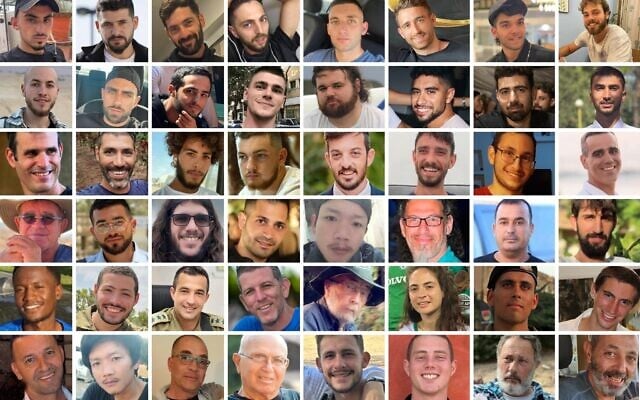The first phase of the hostage release in Gaza is scheduled for Monday morning, a moment Israel has been waiting on for months. Forty eight names are on the list. Twenty are believed to be alive. The rest are expected to return in coffins. Even those figures are uncertain. Intelligence sources have quietly warned that not all of the living hostages may actually be found, some could still be buried under rubble or lost in undisclosed locations.
The Red Cross will oversee the transfers. Convoys are already staged near Kerem Shalom, ready to move as soon as final clearances come through. On the Israeli side, hospitals are preparing for survivors in need of medical care and trauma support, while forensic teams have been mobilized to identify remains. Families are waiting with the unbearable mix of hope and dread that has defined their lives since the kidnappings began nearly two years ago.
In exchange, Israel will release nearly two thousand Palestinian prisoners. The process will unfold in stages, each one contingent on confirmation that the hostages have crossed safely into Israel. It is the strictest condition in the deal, a safeguard against another betrayal in a conflict built on broken promises.
The ceasefire that made this exchange possible has mostly held since Thursday. Aid trucks have begun crossing into Gaza again, bringing food, medicine, and fuel to neighborhoods that are still half rubble. The air is still thick with dust and resentment. The question of who actually controls Gaza has become more complicated by the day.
Over the weekend, reports surfaced of a fierce gunfight at Gaza City’s port between Hamas security forces and the Abu Warda clan. Civilians were caught in the middle. For many in Gaza, the clash was a sign that power is up for grabs. Hamas has tried to reassert authority by sending armed men back into the streets, but rival factions, local families, and rogue militias have begun testing the limits of its control.
If Hamas manages to suppress or absorb these groups, it will prove that it remains the central power in Gaza. If it cannot, the Strip could fracture into competing zones of influence, each ruled by its own militia or clan. The ceasefire may slow that process, but it cannot stop it.
When the truce was announced, thousands of Palestinians took to the streets. The images were carried around the world, fireworks, cheering, people waving flags. But what many outside Gaza did not hear were the chants that accompanied the celebration. In city squares and refugee camps, voices rang out, “Khaybar, Khaybar ya Yahud, jaish Muhammad sa ya’ud.” The words, drawn from an ancient battle cry against Jews, reveal a darker undercurrent in the so called victory celebrations.
For Israelis, and for Jews everywhere, hearing that chant at a moment of supposed peace was chilling. It reminded the world that the war of ideas, the one fought in classrooms, mosques, and minds, is far from over. Rebuilding Gaza will be difficult enough. Rebuilding trust will be almost impossible.
Tomorrow’s release will test everything. It will measure whether Hamas can keep its promises, whether the ceasefire can hold, and whether the international mediators who brokered the deal can keep both sides from unraveling it.
For Israel, it is a day of painful expectation. For the families waiting near hospitals and army bases, it is a day of unbearable anticipation. Some will see their loved ones again. Others will not. And some may wait in vain, as the grim possibility lingers that a few of the living are already gone.
What happens in the next twenty four hours will decide if this ceasefire becomes a fragile bridge toward stability or just another brief pause before Gaza’s next descent into chaos.

